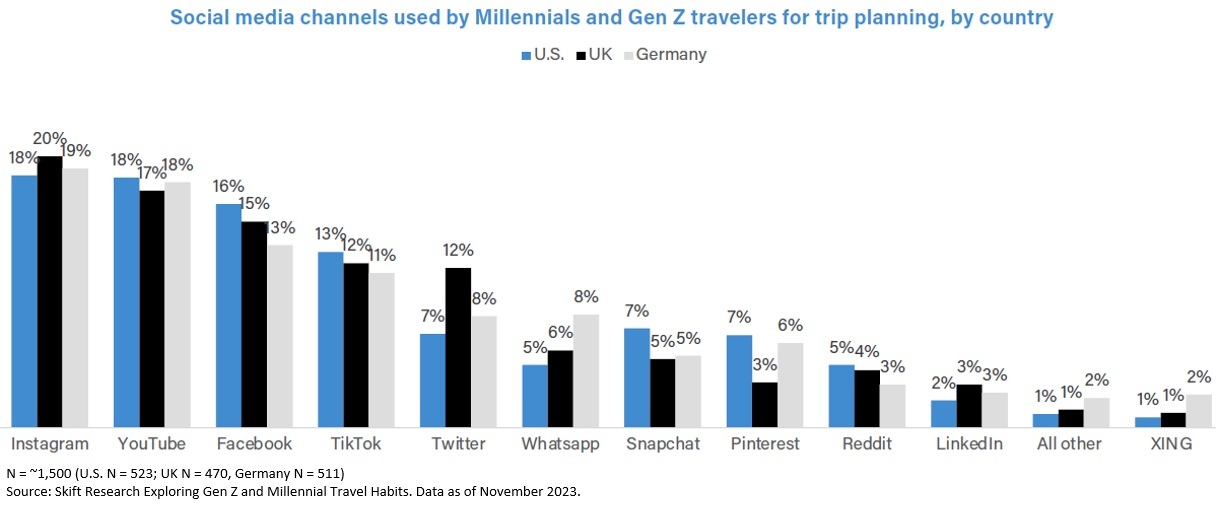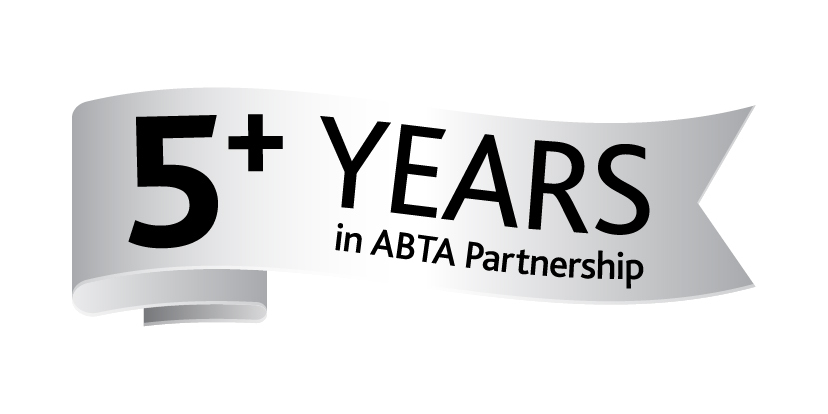Another week, another story about Meta pissing people off.
In a bid to line Zuckerberg’s pockets further (and maybe help pay to fix his smart glasses), Meta has announced that us lucky UK users can soon pay a few quid to have pesky adverts removed from our Facebook and Instagram accounts.
For just £2.99/month on the web or £3.99/month on iOS and Android phones, you’ll no longer have to wade through ill-judged ads (for me that means Tena Lady and Temu) to find Aunty Brenda’s holiday snaps or a picture of your favourite influencer’s new handbag.
But what does this mean for advertisers - and more specifically, travel marketers - when two of social media’s biggest platforms for inspiring and converting travellers are moving the goalposts?
The go-to platforms
For years, travel marketing has leaned heavily on social media, especially the likes of Facebook and Instagram. One report from Statista revealed that social media has the greatest influence on travel destination choices, with 75% of 3000 travellers surveyed stating that they were influenced to travel to a destination as a result of what they had seen on their feeds.
When we dig deeper into which platforms travellers are using for trip planning, we can see that Instagram is very much sitting pretty at the top of the pile, with Facebook not far behind.

If users on these platforms opt for ad-free subscriptions, this will mean travel marketers will lose a whopping great chunk of their reach. Worse still, they may even have to pay more to compete for the audiences who opted out of paying the subscription fee.
Why is Meta doing this?
Meta insists its new ad-free option is about giving users more control and complying with UK regulatory guidance on data consent. In practice, it looks like a tactical move to keep regulators happy while ensuring its revenue and advertising empire remains intact. By introducing the subscription option, Meta can say it’s giving people a ‘clear choice’… even if they secretly know most users are unlikely to pay.
It’s also a subtle swipe at the EU (where users have to pay a higher subscription fee), probably as a result of last year’s concerns raised by the European Commission that Meta's ‘pay or consent’ advertising model was in breach of its laws.
Let’s hear from the horse’s mouth:
"It will give people in the UK a clear choice about whether their data is used for personalised advertising, while preserving the free access and value that the ads-supported internet creates for people, businesses and platforms"
This isn’t some bold new step, but rather a reaction to regulatory pressure heaped on by the UK’s Information Commissioner’s Office (ICO) due to their concern over ‘consent or pay’ models.
“Following the ICO's engagement with Meta about how it uses personal information for its advertising model, we welcome Meta's decision to ask users for consent to use their personal information to target them with ads. This moves Meta away from targeting users with ads as part of the standard terms and conditions for using its Facebook and Instagram services, which we've been clear is not in line with UK law”
What happens when the tools I depend on disappear?
It’s hard to know how many people will pay for ad-free feeds (I certainly won’t – I’ll just have to put up with being bombarded with ads about ageing and weight loss), but even a small percentage could throw off your campaign forecasts. If high-value travellers such as high income frequent flyers start to pay for their social feed with money rather than attention, your remaining ad audience could end up being less valuable – meaning Meta might be quietly shrinking your best pool of prospects.
In amongst all the noise, here’s what you should be thinking about:
Organic has a chance to shine
Subscribers won’t see your paid ads - but they will still see organic posts, stories, reels, etc. That means your content and community strategy suddenly carry more weight. If you’re not prioritising organic content currently, now is a very good time to start.
Competition for fewer impressions
As some eyeballs exit the ad pool, competition will start hotting up for impressions among remaining users. This means your targeting strategy will need to be sharper. Spend more time thinking about your messaging and targeting to get a few extra percent performance, rather than pushing a few extra pounds into the media spend pot.
Data and attribution get messier
When users opt for a subscription, their data will no longer feed into advertising systems. That could fragment lookalike modelling, conversion tracking or retargeting paths and you may see poorer signal strength in your analytics.
If you rely heavily on Meta for cross-touch attribution, this may force you to revisit assumptions about last-click, multi-touch, lift testing and incrementality.
What if I do nothing?
How this is going to play out remains to be seen. With every major tech player now asking for anything from £4 to £13 a month for your content, there is a chance that this is just another subscription that most people can’t afford or be bothered with and it might end up only being a small subset of users who cough up. But at only £3.99 a month, it’s the cost of a cup of coffee these days and it could very easily take off quickly in certain age groups.
If social media is pivotal to your brand’s reach, then doing nothing isn’t really an option. The impact at first might feel small - declining reach, creeping cost per action. But over time, the cumulative effect could see you waving goodbye to your best audiences and losing ground to brands that adapted their strategy early.
In a few years, it’ll be hard to believe targeting without consent was ever a thing. The brands that planned for this will be in a stronger position. Don’t treat it as an inconvenience - view it as an opportunity to rethink how you connect with your audience. Strengthen your organic strategy, double down on storytelling and make sure your content earns attention rather than simply relying on paying for it. If Meta’s changing the rules, the savviest brands will simply learn to play the game better.





